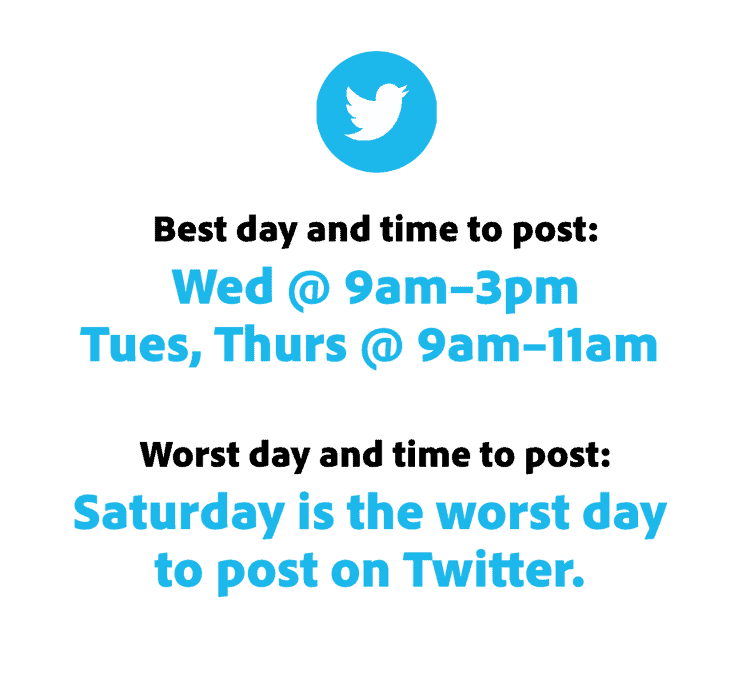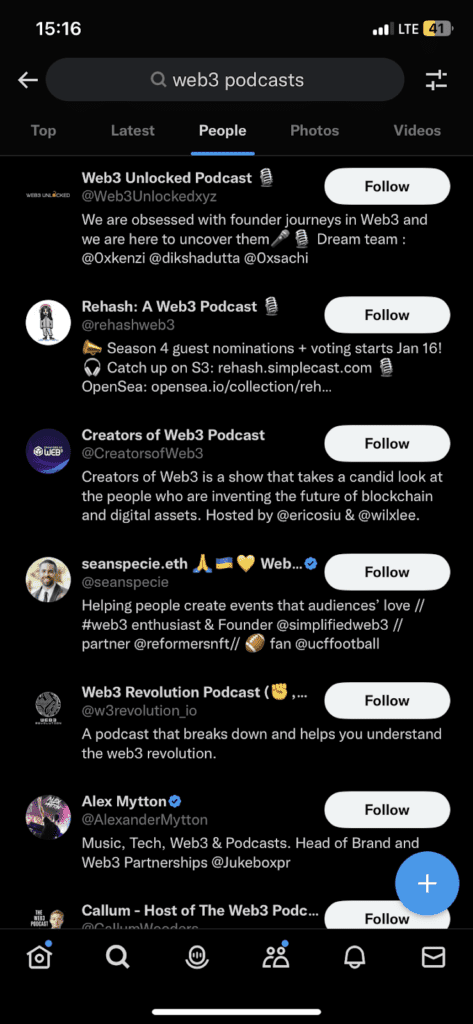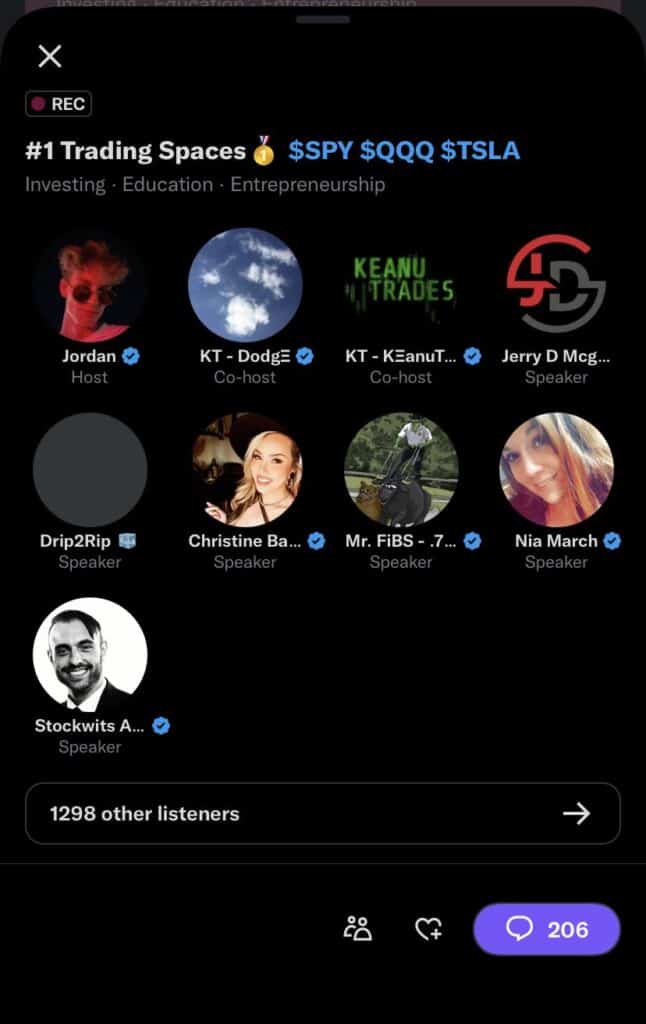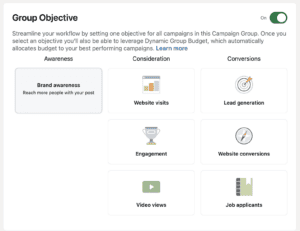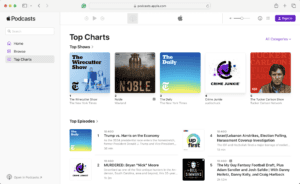If you are looking to reach new listeners and build a community around your podcast, promoting it on Twitter can be a game-changer.
With over 450 million active users, Twitter provides a powerful platform for discovery, engagement, and audience growth.
However, with so many other podcasts vying for attention on the social media platform, standing out can be pretty difficult. But with the right strategies, you can easily promote your podcast on the platform and grow your podcast listeners.
In this guide, you’ll find six proven tips on how to promote a podcast on Twitter.
1. Tweet about New Episodes
You don’t have to have a lot of technical knowledge to know how to promote a podcast on Twitter. Start by tweeting about new podcast episodes. These tweets can come before or as soon as you release the new episode.
However, simply sharing a link to the podcast or tweeting “episode 3 of our podcast out tomorrow” won’t cut it. You must put out engaging and interesting tweets that will attract your potential audience to click through and listen.
One way to achieve this is by giving a sneak peek of what your listeners can expect from the new episode. This sneak peek could be a quote from the episode, as shown below, or a summarized and engaging thread that gives an overview of the topic.
You can also put out a teaser to amplify your competitive advantage. According to Twitter business, tweets with videos record 10x more engagement than tweets without. The more your likes and retweets, the more your chances of getting to the Twitter feeds of potential listeners. So, if you make video podcasts, you can simply clip out an interesting part as a teaser. But be careful not to give away too much.
However, if your podcast content is strictly audio, you can create an audiogram as Headgum did below. A podcast audiogram is a form of audio wave animation. You can create yours using Castos Headliner Integration.
You can also post your video teasers and audiograms on your podcast website. Just make sure to have the best web hosting services so your audience won’t have a difficult time playing them.
Also, include a call to action (CTA) in your tweet. You could ask your audience to “Subscribe for new episodes” as Headgum did above or to “listen now” or “tune in to the latest episode.” CTAs can encourage your followers to take action and start listening to your podcasts.
Finally, scheduling your tweets can also be an effective way to grow your podcast. With a well-planned schedule, you can reach more of your audience at the right time. However, before scheduling, understand when your target audience is most active. Below is a recommendation:
Use a tool like Buffer or Hootsuite to schedule your tweets according to the recommended times.
In essence, when tweeting about your podcast, you have to tweet at the right time, using the right content and the most compelling CTA.
2. Share Behind-the-Scenes Content
Learning how to promote your podcast on Twitter requires knowing how to build a connection with your audience and fostering a sense of community. One way you can achieve this is by giving your prospective audience an exclusive look into the behind-the-scenes (BTS) process of making your podcast.
By sharing your BTS, you’re giving them a glimpse of the personalities behind the mic. This can help you humanize your podcast and breed a strong community.
You can share your behind-the-scenes content in various ways. For one, you can simply share a video or picture of yourself recording the podcast in the studio. If you have a guest, you can also share a sneak peek or exclusive clips of them.
Here is an example from MStranslate Podcast.
And, you can make your BTS clips look more professional using different effects. There are plenty of after effects free templates available out there.
The Twitter live streaming feature is another option to explore. Use this feature to share live recording sessions, giving an inside look at your podcast creation process.
Your behind-the-scenes content doesn’t always have to be a video or image of you. You can also share a visual representation of the episode structure, including the main theme roadmap, guest bios, etc. These pieces of content further give your audience a feel of what they can expect from the episode, thus making them eager to hit the “play” button.
3. Include a Twitter Poll
You can use Twitter polls to ask questions about what your audience expects from your upcoming podcast episode. For instance, if you’ve published teasers about a special guest in your email marketing podcast episode the day after, you can create a poll asking your audience what they think your guest will discuss. Or you can ask them who they think your special guest will be in your upcoming episode.
You can promote your podcast using Twitter polls indirectly, too. You can, for instance, gather feedback on what your audience wants or don’t want to hear on your next podcast episode. Check out this example from PlanetFpl:
While promoting your podcast, polls can also help you decide on:
- The guest your audience wants to feature
- Format for a new segment
- Frequency of your episodes.
In essence, you are carrying your audience along in the creative process.
When creating a poll, you want to keep it simple, short, and straightforward. Besides, add a concise and clear call to action like “take our poll,” “vote now.” This will encourage your users to engage in the poll and offer valuable insights.
4. Collaborate with Other Podcasters
Reaching out to and collaborating with other podcasters is an effective way to widen your reach and get your show to new listeners.
However, you should only collaborate with podcasters around your niche. You don’t want to collaborate with a podcast on self-help if your niche is database software.
Now, the question is, how can you find relevant podcasters for collabs? Start by searching for podcasts within your industry or niche using the Twitter search function. Insert your “niche keyword” + “podcast” into the search tab. Then, navigate to the “People” section, as shown below.
You’ll find several podcasters relevant to your industry. You can then follow them, engage with their content, and reach out to the hosts to start a conversation. Instead of a DM, some of these podcasters prefer that you send them an email. To ensure your emails reach them as intended, always verify email addresses on your contact list before hitting the send button.
That’s not all. You can take advantage of networking events and online communities such as Reddit boards, where you can also find potential collaborators. Ask for their Twitter handles and begin a relationship with them.
There are various ways to collaborate with other podcasters. For one, you can arrange a crossover episode, where the other podcaster in your niche can appear in your episode. Also, you can co-host each other’s episodes.
As a buildup to this joint episode release, you can share each other’s content or even host a joint Twitter Spaces. Spaces is a place where people come together on Twitter to discuss a particular topic via live audio conversations.
With these, you are introducing your show to new listeners and expanding your reach. Below is an example of the Web3 Unlocked and Push Protocol podcast collaboration:
You could also ask the podcasters to retweet or promote your podcast.
When collaborating with other podcasters, have clear expectations and goals. Communicate with them regularly and be open to feedback.
Overall, organic collaboration with podcasters is always a win-win situation. Both of you will enjoy a wider reach and benefit from the collaboration.
5. Engage with Your Followers
Engaging with your followers is key to building a community around your podcast. So, don’t just post tweets and leave. You want to take the relationship further with your followers.
There are several ways to engage with them. The three most common and simplest ways are;
- Responding to tweets
- Retweeting content from your followers
- Take part in conversations relevant to your industry.
Another way to engage with your followers is to host Twitter Spaces. Here’s what that looks like.
By hosting Twitter Spaces, you can connect with your followers in real time and build a community around your podcast.
Before hosting a Twitter Spaces, you need a topic relevant to your podcast. During the Spaces, people can also tweet their opinions on their Twitter timelines. So, create a hashtag for the Spaces and encourage your audience to use them when tweeting. This links nicely to the next point.
6. Use the Right Hashtags
Hashtags are an effective tool to promote your podcast on Twitter. So, whenever you’re tweeting about your podcast, always include popular and relevant hashtags. This is a great way to maximize your visibility and get your podcast to new listeners looking for content relating to the hashtag’s topic.
How can you get these hashtags? Begin by understanding what your competitors are using. You’ll find your competitors by following the guide in the fourth tip.
So, if you run a marketing podcast, you can replicate The Marketing Podcast’s hashtags in your content. The podcast is an authority in the marketing niche.
You can also insert a hashtag of your niche into the Twitter explore tab. You’ll find clusters of related hashtags to use for your tweets. Here’s an example of #marketing.
To make it easier, you can use social listening tools like Hashtagify or RiteTag to find popular hashtags relevant to your niche. These tools will let you know how popular the hashtags are, related hashtags, and the best time to use these hashtags.
In addition, create a unique hashtag for your podcast. Your listeners can use this to discuss episodes of your podcasts. Make sure this hashtag carries your brand name, e.g., #thedevspodcast, #Timsmoment, etc. This is yet another way to create a sense of community around your podcast and promote your brand.
Finally, according to Twitter, the best practice is to use less than two hashtags per tweet. So, don’t overcrowd your post with hashtags.
In Closing
Promoting your podcast on Twitter is an effective way to reach new listeners and foster a sense of community around your show.
If you’re wondering how to promote your podcast on Twitter, begin by tweeting about your new episodes. Make sure these tweets contain the right hashtags. You also want to engage with your followers and other podcasters. Don’t forget to take advantage of Twitter polls and behind-the-scenes content.
Combine these strategies and watch your podcast listening stats take a whole new turn.
Guest Post from Matt Diggity, CEO of Diggity Marketing
Matt Diggity is a search engine optimization expert and the founder and CEO of Diggity Marketing, The Search Initiative, Authority Builders, and LeadSpring LLC. He is also the host of the Chiang Mai SEO Conference.
